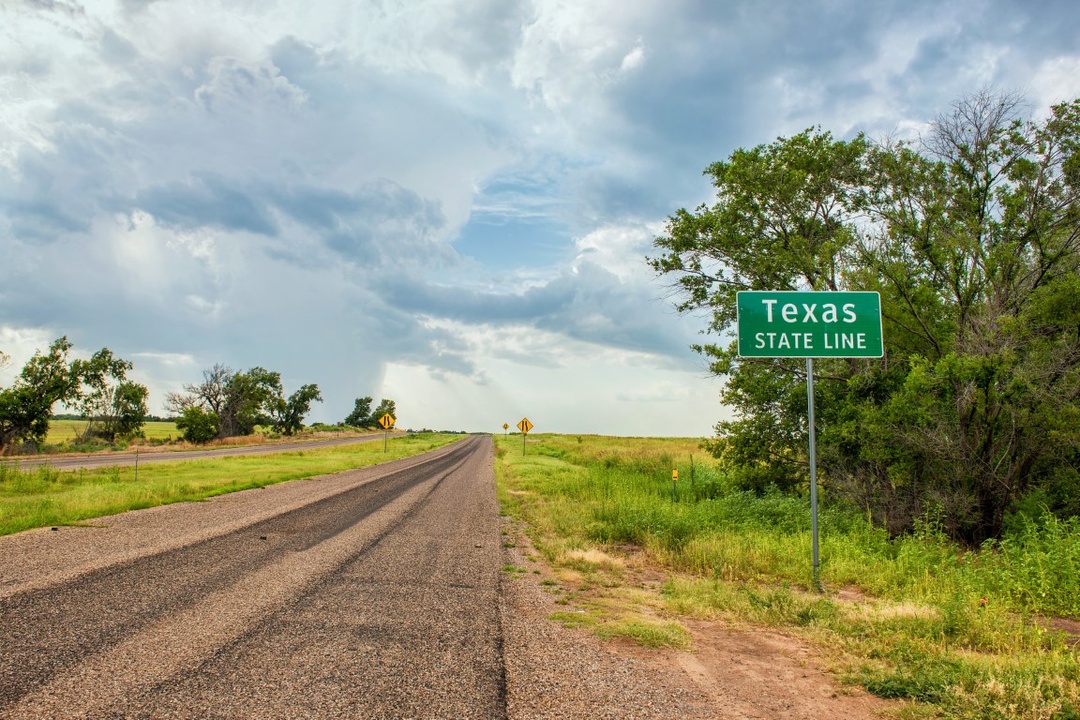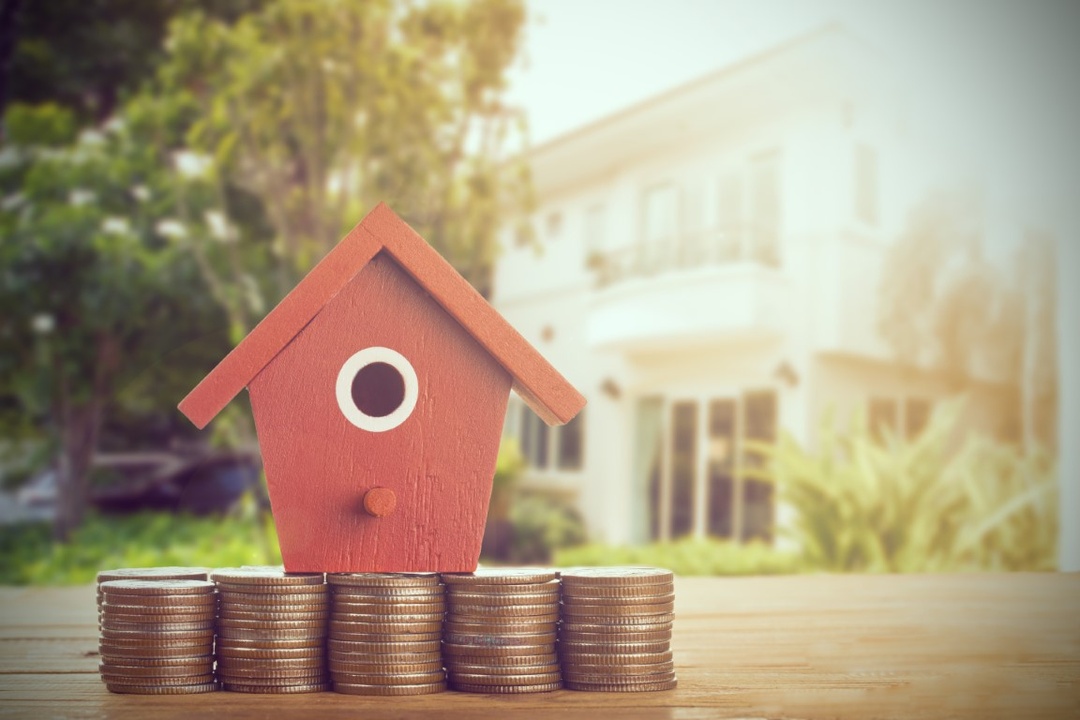
One of the often-overlooked long-term expenditures in the home buying process is the annual property taxes. It is important to have a reasonable expectation of what you will be paying in order to budget accordingly, especially if you are relocating. But, what exactly is a property tax, and what is it for?
Property taxes are taxes assessed and charged annually based on 100% of the market value of your home or property. They are collected at the city and county level, so tax rates will vary by location. All revenue from property taxes are used to support and maintain community infrastructure.

What Are Property Taxes Like in Austin?
The property tax rates in Texas are among the highest in the country. Texas ranks 3rd among other states in the percentage of property value and 14th in median property tax. The state still retains an affordable cost of living, however, thanks to no state income tax and a relatively low sales tax. Property taxes are a primary source of revenue for Texas governments, paying for public services such as roads, hospitals, emergency responders, and schools.
Austin’s property tax rates, while not the highest, are among the highest in Texas. The median property taxes paid in Austin come to around $6,600 annually. Austinites are charged around $2.23 per $100 of taxable value in Travis county and $2.34 per $100 of taxable value in Williamson county.

Can Austinites Expect Taxes to Continue Going Up?
Property taxes have been raised in Travis county twice over the past two years. The county announced it approved a 3.6% increase in property taxes in October of 2020, amounting to an average of $46.52 more in county property taxes over the previous year. These hikes were attributed to the added financial burden of supporting the community through the worldwide pandemic.
Another factor contributing to the rising cost of property taxes is the ever-increasing property values. As the assessed value of a property rises, so do the taxes owed. Home values in Austin are predicted to rise as much as 11.6% in 2021.
Texas does have some security measures in place to protect property owners from soaring tax hikes. Any increase in appraised value year over year is capped at 10% and state law requires that any property tax revenue increase of 3.5% or more requires voter approval before it can go into effect. Texas homeowners also have the option of filing a homestead exemption and protesting their property's appraisal value to keep their annual expenditures lower.

Tax Rates in the Surrounding Metros
Since property taxes are assessed at the county and city level, they vary by location. If you live in the Travis county portion of Austin, your taxes will be different than if you live in north Austin, which is in Williamson County. It is important to consult the appraisal district for your county to ensure you are using the correct rates to estimate your potential property taxes.
Please note, some cities have a community college tax rate. If a community has that tax, it has been included under “other”.

*The data in this chart was compiled by the Austin Chamber of Commerce from the County Assessors or Appraisal Districts. This table is designed to provide a typical tax rate for the mentioned counties and cities and should not be used as an exact rate. Please consult the County Appraisal Districts for current tax rates and information.

Estimating Your Property Tax
Having an estimate of the property tax you might pay will help you to create a complete budget for homeownership, but it can be difficult to know where to begin. There are online tools such as Travis County’s Property Tax Estimator but not all counties and appraisal districts have them available, and generic national tools will often provide very generalized rates that can be far off base as they are unable to take into account varying school districts, special districts, and other differing factors.
While it may seem daunting, it is possible to calculate your estimated taxes with just a little research of your own.
First, visit the website for your county appraisal district to ensure that you have the current property tax rate for your home or property.
* Travis County Property Tax Information
* Williamson County Property Tax Information
* Hays County Property Tax Information
The next thing you will need is your home’s appraised market value. You can use the appraisal from when you purchased the home, or if you have not purchased it yet, you can calculate using the asking price, utilize an online home valuation tool or even access public tax records to see what the property assessed for the previous year.
Once you have the correct tax rates and market value for your home, you can estimate your annual property taxes by using this equation:
Appraised value x tax rate = estimated annual property taxes
As an example, a property appraised at $300,000 in Austin, Travis County will have an annual estimated tax rate of 2.2267% and will have an estimated annual property tax of $6,680.10.
If you feel uncertain about whether you have the correct tax rate or appraised value, contact your county appraisal district or consult with a tax professional to ensure you are getting an accurate estimate.

Important Property Tax Dates
Property taxes are assessed and paid at a different time than the national income tax, so it’s important to be familiar with the timeline. Please note that deadlines can change slightly from year to year, so please check with your county appraisal district for current deadlines. The Texas Comptroller of public accounts also maintains a current list of property tax law deadlines.
January 1: Appraisal Districts are required by state law to determine the market value of your home or property.
January 31: Last day to pay your property taxes before delinquency. Your payment must be made or an extension filed by 12:00 am. Late charges and interest begin incurring at 12:01 am on February 1. If January 31 falls on a weekend, the last day to pay is moved to Monday.
February 1: All unpaid property taxes are delinquent and charges and interest begin incurring at 12:01 am. The fee starts at 6% and increases by 1% each month, up to 12% in July, where it is capped.
February 28 (or 29 if a Leap Year): Last day to file a letter of intent to enroll in a quarterly installment plan. This is available for those who have a homestead exemption for over 65, disabled, disabled veterans, surviving spouses, or partially disabled veterans and their spouses.
March 31: Last day to make the second payment on a quarterly payment plan.
May 15: Last Day to file property tax protest in Travis and Williamson Counties.
May 31: Last day to make the third payment on a quarterly payment plan.
July 31: Last day to make the fourth and final payment on a quarterly payment plan.
September 30: Deadline for government entities to finalize and adopt a tax rate for the year
October 1: Beginning of the property tax collection for that year. Tax bills will be mailed out and all tax rates published.
Whether you want to relocate to Austin or are simply trying to estimate your property taxes for next year, the subject can seem daunting. But, with a little research and some basic knowledge, it is possible to accurately predict what you will have to pay. Austin may have high property taxes to contend with, but they are used to fund a myriad of programs that make it the great city it is.
If you are ready to start your home search in Austin or would like more information about relocating, visit us at homecity.com and one of our great Realtors® will be happy to help you.










